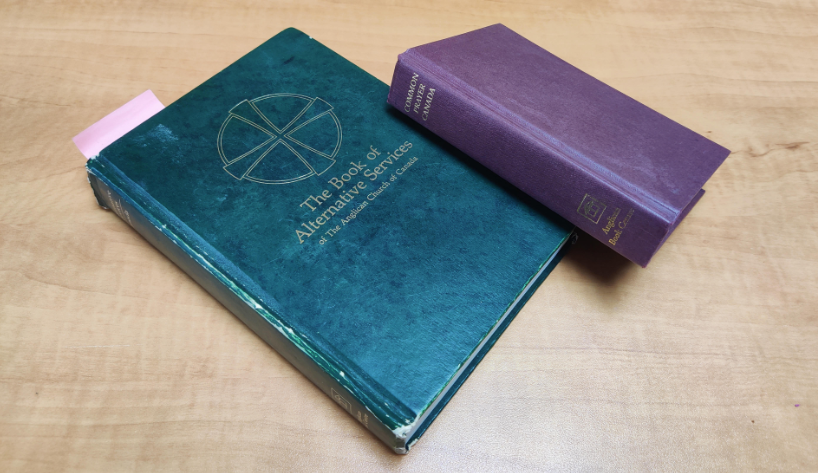“What about 'X'?


Our Prayer Books: The Book of Common Prayer, The Book of Alternative Services
The Book of Common Prayer has four main parts:
1. Worship Liturgies
2. Daily, Weekly, and Yearly readings
3. Prayer
4. 39 Articles
The Book of Alternative Services has fewer worship liturgies, and does not have the 39 Articles. Otherwise, it is intended to be a “modern re-write”.
Liturgy means “a work for the public good”. In the Roman Empire, aqueducts, sewers, and streets were all liturgical works. The original church fathers labelled their services as liturgical because they are intended to be a.) public, and b.) for the good (the health) of those who take advantage of them. In other words, they are expressions of love – love to God and love for those who attend. Thomas Cranmer translated services to English (the “common tongue”) to allow every person in the land to understand and be able to attend them (previously, they were kept within the domain of the clergy, those whose vocation it is to support and guide the church, and written (and said) in Latin, which “common people” could no longer understand).
All four sections are important: daily, weekly, and yearly worship, ongoing reading of the Bible, ongoing prayer, and truly understanding the faith. Almost everything in the liturgies, the readings, and the prayers, can be directly traced to, or is an allusion to, somewhere in the Bible (around 70% of the Book of Common Prayer is direct quotation of the Bible). In many ways, the traditional worship and prayers of the Anglican Church are living embodiments of the Bible itself.
When you are worshiping using a traditional Anglican service, you are enveloped in, embodying, and living out the Bible. How does this feel to you?
~~~~~~~~~~~~~~~~~~~~
+ David